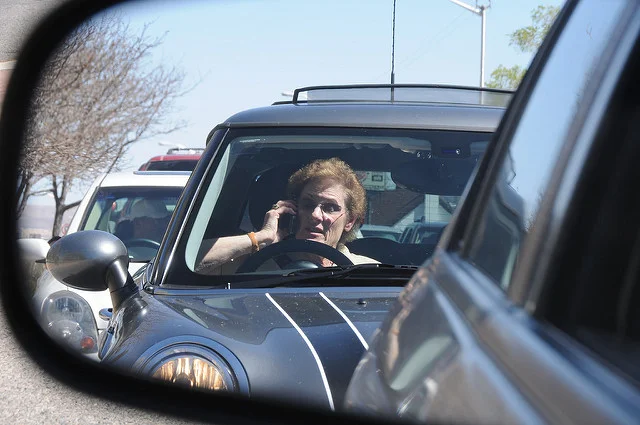Move over In My Feelings Challenge! The Bird Box Challenge, a recent viral challenge inspired by Netflix’s hit horror movie Bird Box, has taken over!
Starring Sandra Bullock, the movie’s antagonist is a supernatural entity that shows people their worst fears and terrorizes them to the point where they kill themselves. To avoid certain and painful death, the characters blindfold themselves as they travel to safety. Fans of Bird Box have started performing various tasks while blindfolded and have been sharing images and videos as #BirdBoxChallenge.
Unfortunately, this dangerous ‘challenge’ has been causing tons of injuries, including a car accident on January 11, 2019. Layton, Utah law enforcement stated that a 17-year-old driver was partaking in the “Bird Box Challenge” when she swerved into an approaching vehicle and crashed into a light pole, according to a local news report.
“Apparently, as a part of this ‘Bird Box Challenge,’ (the driver) used her beanie to pull over her eyes as she was driving on Layton Parkway, and she ended up losing control of her car and skidded into the westbound lanes of Layton Parkway and hit another car and ended up hitting a light pole as well,” Layton Police Lt. Travis Lyman said.
After the challenge went viral, Netflix urged people to not participate in the challenge, tweeting, “Can’t believe I have to say this, but: PLEASE DO NOT HURT YOURSELVES WITH THIS BIRD BOX CHALLENGE. We don’t know how this started, and we appreciate the love, but Boy and Girl have just one wish for 2019 and it is that you not end up in the hospital due to memes.”
In 2016, the NHTSA reported that 3,450 people were killed in motor vehicle crashes involving distracted drivers. Although no car accident injuries occurred in this Bird Box car crash, it must be noted that drivers who take part in distracted driving “challenges” not only put themselves, but also others, at risk of a being involved serious car crashes.
The car accident attorneys at The Michigan Law Firm, PC take care of the legal hassles involved car accident lawsuits so that car crash victims can focus on getting their lives back on track after a serious car accident. Contact us at 844.4MI.FIRM for a free legal consultation if you have been injured a distracted driving car crash.


















































